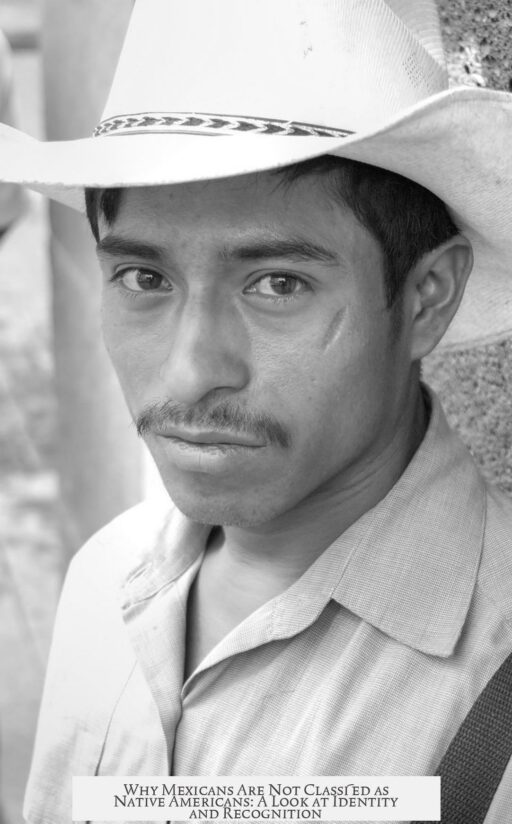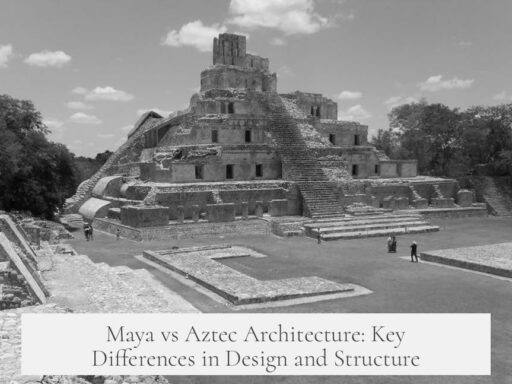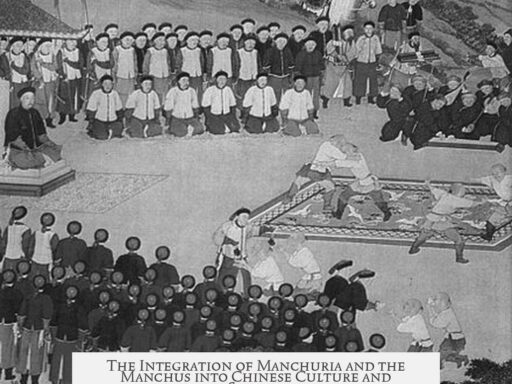Mexicans are not typically considered Native Americans because the term “Native American” is primarily a legal and political designation within the United States, referring specifically to indigenous peoples residing in what is now U.S. territory. While many indigenous tribes historically inhabit regions spanning both the U.S. and Mexico, legal recognition, cultural identities, and societal contexts differ significantly across borders. Mexicans, including those with indigenous ancestry, identify primarily through national and cultural lenses that distinguish them from the U.S. concept of Native American.
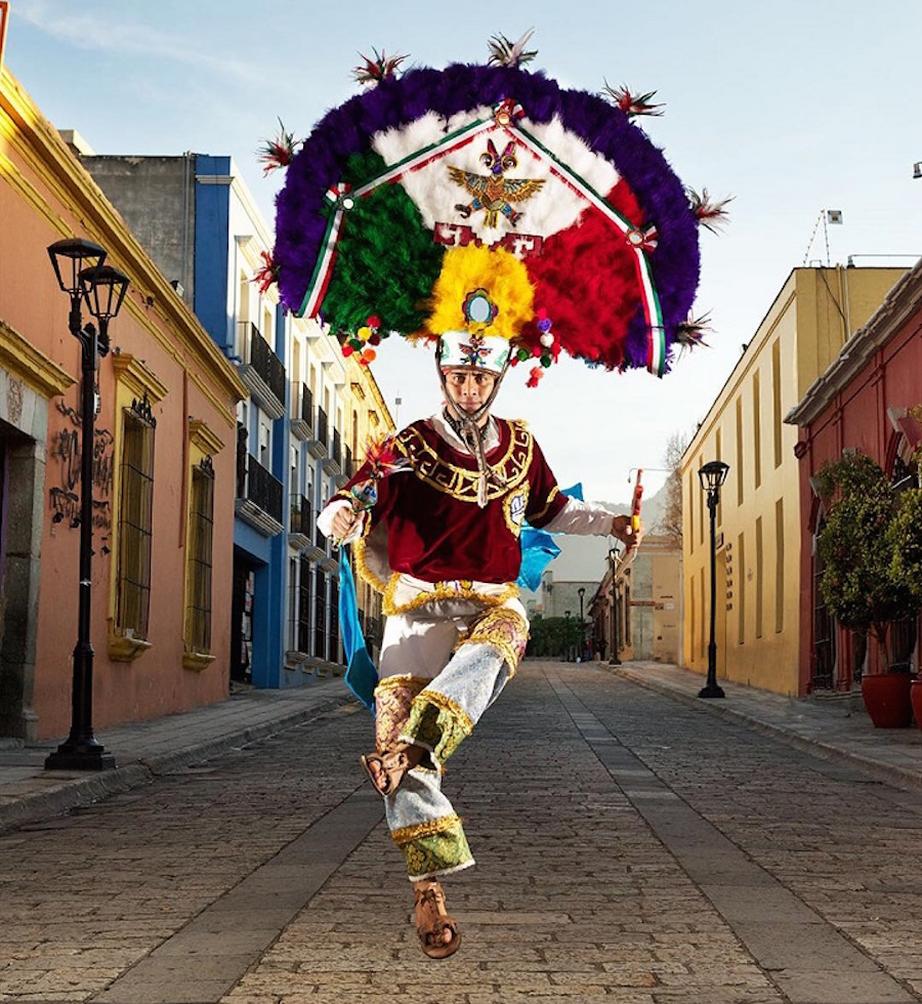
The term “Native American” holds a distinct legal meaning in the United States. It refers to indigenous peoples who have federally recognized tribal affiliations within U.S. boundaries. Numerous tribes, such as the Kumeyaay, Cocopa, Tohono O’odham, and Kickapoo, have lands or populations crossing the U.S.-Mexico border. Some, like the Pascua Yaqui, were even allowed to relocate into the U.S. by the federal government due to persecution in Mexico. Despite these cross-border connections, Indigenous peoples living in Mexico do not fall under the U.S. legal framework of Native American status.
In Mexico, identity classifications differ from those in the United States. The majority of Mexicans are mestizo, a term describing individuals with mixed indigenous and European ancestry. Approximately three-fifths of Mexico’s population identify as mestizo. Although mestizos have indigenous roots, they often do not maintain indigenous languages or live in indigenous communities, which weakens their identification with Indigenous groups in the way U.S. Native Americans are recognized.
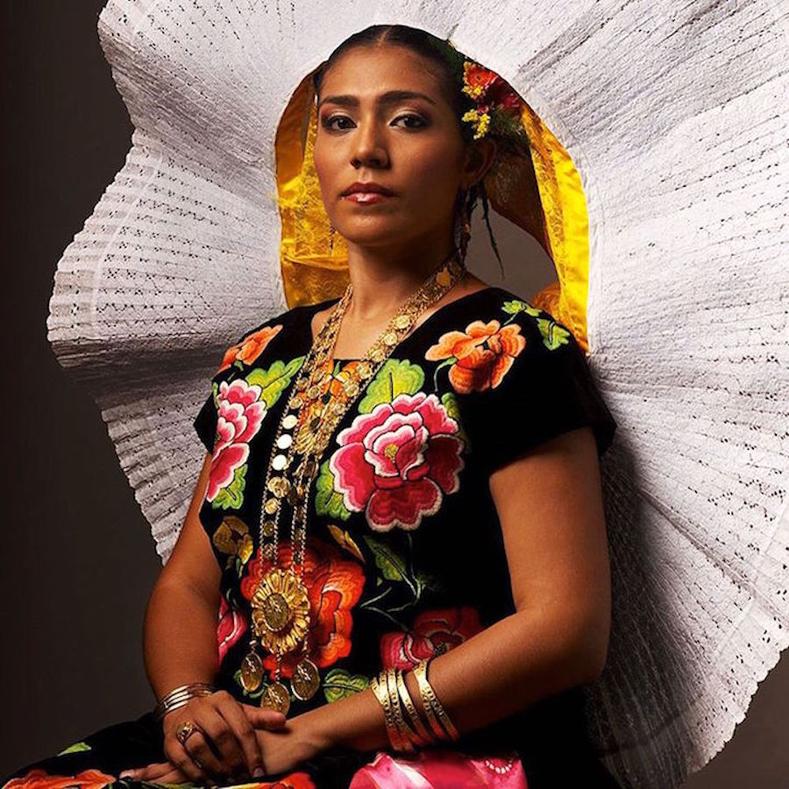
Indigenous identity in Mexico is more than ancestry. It requires active cultural participation, language use, and residence in indigenous communities. Those who meet these criteria identify as indigenous and maintain unique cultural traditions and languages. For example, many indigenous Mexicans migrating to the U.S. continue to speak native languages such as various Mayan dialects. Contrast this with many mestizos or Mexican nationals who do not actively engage in indigenous cultural practices.
Mexican identity generally centers on nationality rather than racial or purely ethnic identity. People from Latin American countries typically refer to themselves as “American,” meaning from the Americas continent, not specifically Native American. Indigenous Mexican peoples often see themselves as Mexican rather than solely indigenous. This national identity takes priority, layering ethnicity underneath rather than defining their social identity exclusively.
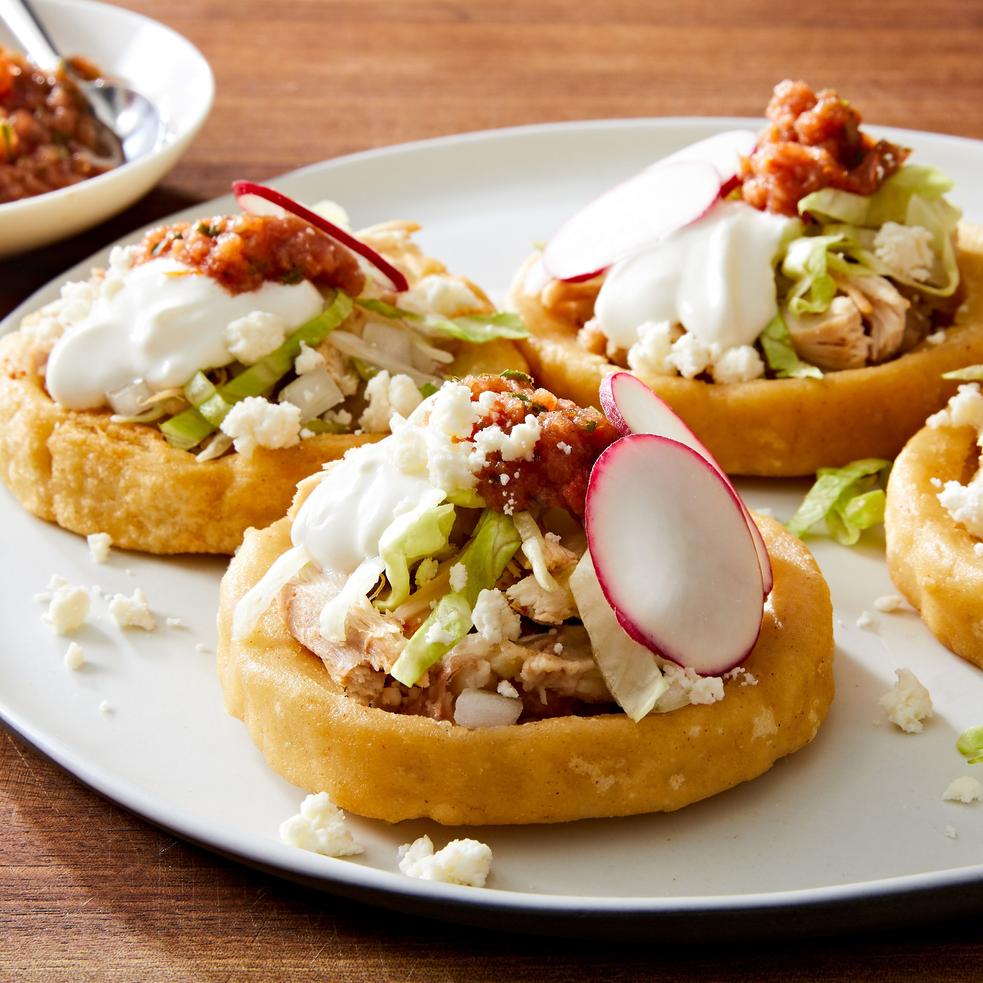
The political framework in the U.S. further distinguishes Native American identity. Native American status in the U.S. entails political sovereignty, tribal membership, and recognition as distinct nations within the federal system. This status grants access to specific legal rights and representation. Mexican Americans identifying as Chicano or Xicano may claim indigenous heritage culturally but rarely hold federally recognized tribal status in the U.S. Therefore, their identity differs from that of Native Americans in terms of legal and political recognition.
The U.S. concept of Native American is thus tied to unique political and legal conditions that Mexican Indigenous peoples and Mexican Americans typically do not meet. Even when indigenous heritage exists, the absence of politically recognized tribes or nations excludes many Mexicans from being categorized as Native American.
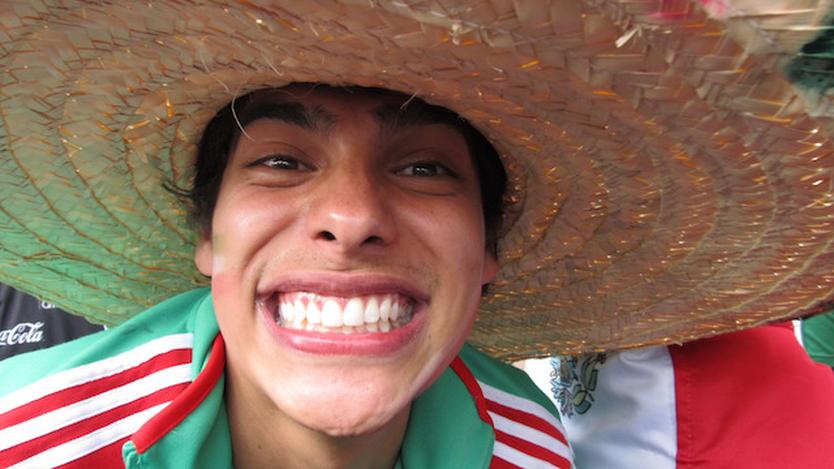
| Main Reasons Mexicans Aren’t Considered Native Americans |
|---|
| Native American is a U.S. legal term for indigenous peoples within current U.S. borders. |
| Mexican identity centers on nationality and culture rather than Native American racial identity. |
| Most Mexicans are mestizo, mixing indigenous and European descent, differing from indigenous-only groups. |
| U.S. Native Americans have special political recognition and sovereignty not afforded to Mexicans or Mexican Americans. |
| Being indigenous in Mexico involves maintaining linguistic and community ties, which mestizos often lack. |
Overall, the exclusion of most Mexicans from the Native American category stems from distinctions in legal definitions, national and cultural identities, and political recognition issues. This difference respects the sovereignty and unique political statuses indigenous nations hold in the United States, which do not parallel the situation in Mexico—even when shared indigenous roots exist.
- Native American is a U.S.-specific legal term for indigenous peoples within U.S. borders.
- Mexican identity is primarily national and cultural, not racial or tribal.
- Mestizo majority in Mexico differs from indigenous-only communities.
- U.S. Native Americans hold political status linked to federally recognized tribes.
- Indigenous identity in Mexico requires active language and community engagement.
Why aren’t Mexicans considered Native Americans?
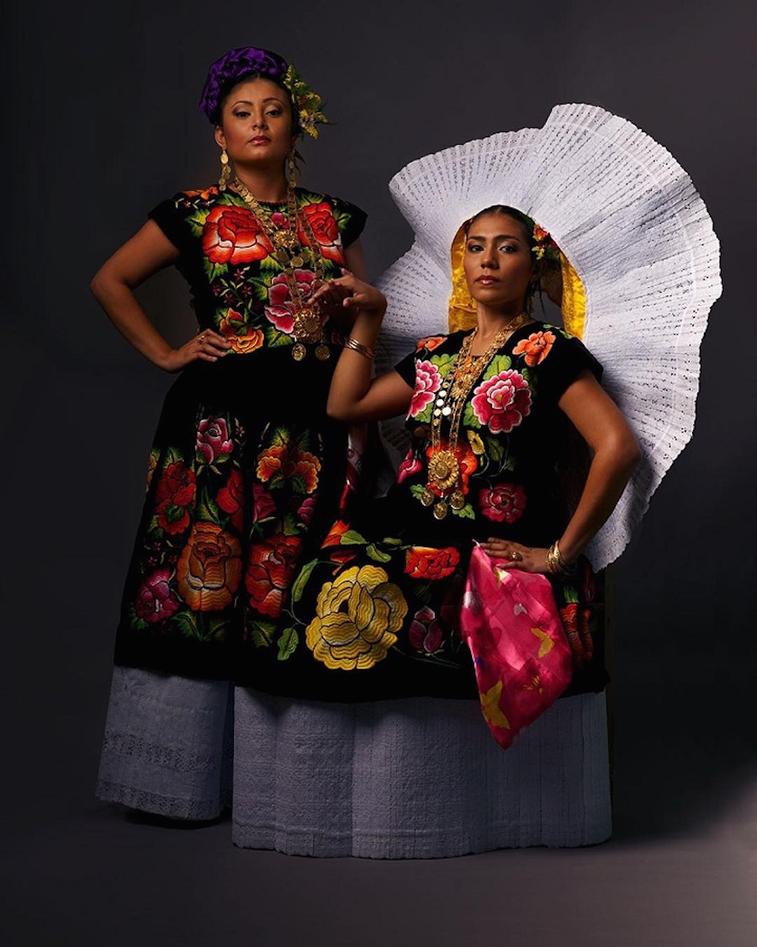
Simply put, Mexicans are not considered Native Americans primarily due to legal definitions, national identity distinctions, and political recognition differences. It’s a complex topic tangled up in history, culture, and law, so let’s unravel it piece by piece and discover why this classification is more nuanced than it seems.
First off, the term Native American is often misunderstood. When people say “Native American,” they usually imagine the indigenous peoples of North America. But here’s the kicker: legally, the term applies specifically to indigenous groups within the boundaries of the United States. This legal definition excludes indigenous peoples living in Mexico, even though many tribes historically span the current borders.
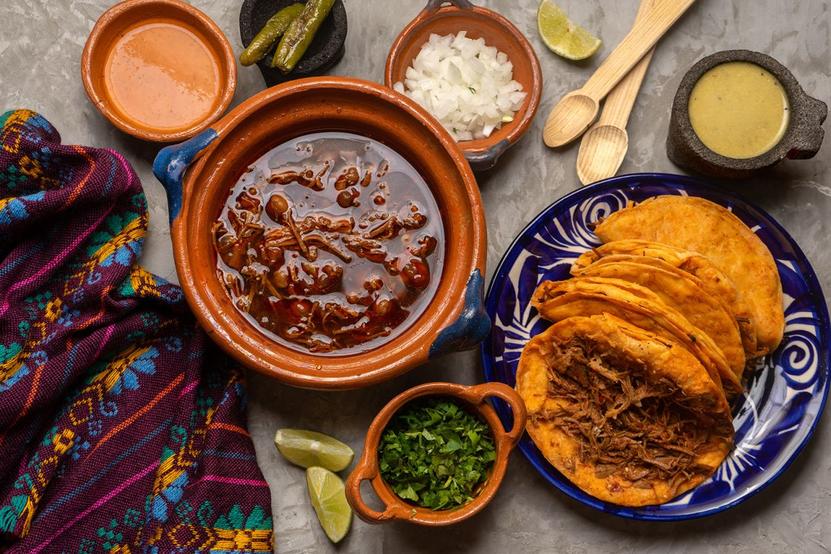
Take the Kumeyaay, Tohono O’odham, and Pascua Yaqui tribes, for example. These tribes exist on both sides of the U.S.-Mexico border. In fact, the Pascua Yaqui were officially allowed by the U.S. government to relocate into the States in the 20th century due to persecution in Mexico. Despite this interconnection, the indigenous peoples who remain in Mexico aren’t recognized as Native Americans in the American legal sense.
So, the border itself plays a surprising role. Although arbitrary to some extent, it forms a legal and political barrier in how indigenous identity is recognized between countries.
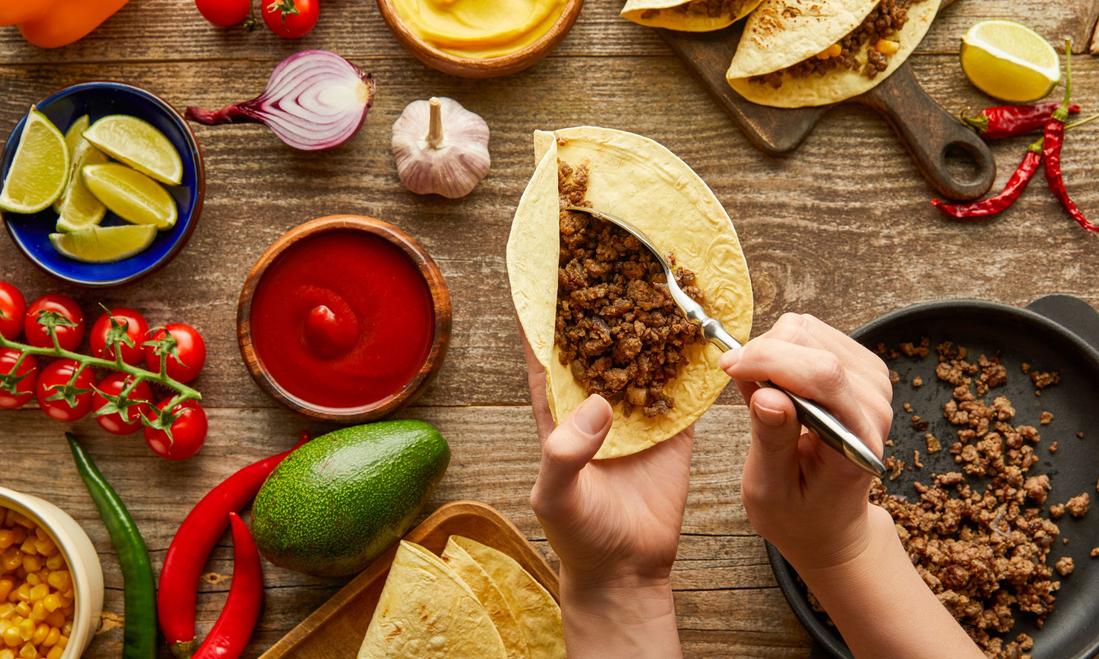
The Mestizo Mix-Up
Another layer comes from how identity works in Mexico and Latin America. About 60% of Mexicans are mestizo, meaning they have a mixed heritage of both Spanish and indigenous ancestry. This “new race” notion, known as La Raza, symbolizes the blending of cultures.
However, mestizos and indigenous peoples are not the same. In Mexico, indigenous identity is tied tightly to language (like Mayan languages) and often living within indigenous communities. This means you could have indigenous roots but be culturally mestizo, speaking Spanish and participating in the broader Mexican society.
Many indigenous Mexicans who immigrate to the U.S. still speak their native languages and maintain their traditions, yet the broader Mexican population frequently identifies nationally as Mexican rather than as Native American.
National Identity vs Race
Here is where it gets really interesting: In Latin America, saying you are “American” often means you belong to the Americas—the whole continent—rather than just the U.S. People tend to prioritize national and cultural identity over racial or ethnic classification.
For indigenous Mexicans, their primary label is Mexican. This identity is distinct and separate—neither European nor solely indigenous. It’s a uniquely Mexican identity shaped by history, culture, and political frameworks.
This contrasts with the U.S., where “Native American” signifies a combination of ethnic, cultural, and legal-political categories. The U.S. government recognizes Native Americans with a distinct status involving tribal sovereignty and political rights, which plays a major role in this classification.
Political Recognition Matters
Here’s the deal: In the U.S., being Native American is not only about ancestry. It’s a special political status. U.S. tribes are sovereign nations with government-to-government relations. This recognition grants them specific legal rights and benefits.
Mexican Americans with indigenous heritage, such as those in the Chicano movement, often celebrate their indigenous ancestry culturally. But legally and politically, they don’t belong to U.S. tribes, nor enjoy the political status Native Americans have. Many Chicanos can trace ancestry back to indigenous peoples, but their lack of formal tribe membership means they don’t share the same political identity.
What Does “Indigenous” Mean in Mexico?
In Mexico, being indigenous involves actively speaking an indigenous language and maintaining cultural ties within native communities. Many mestizo Mexicans might have some indigenous genes but don’t fulfill the sociocultural criteria that define indigenous status in Mexico.
Unlike the U.S. term “Native American,” which has legal weight, indigenous identity in Mexico is mostly social and cultural, not political in the same structure. The difference in how the two countries treat indigeneity creates a divide in classification.
Wrapping It Up
In summary:
- Legal Boundaries: Native American as a legal term applies exclusively to indigenous peoples of the U.S.
- Nation vs Race: Mexicans mainly see themselves through a national and cultural lens, not racial categories like Native American.
- Mestizo Majority: Most Mexicans are mixed and distinct from indigenous-only groups who retain language and cultural customs.
- Political Status: Native Americans in the U.S. hold unique tribal sovereignty and political recognition, absent for most indigenous Mexicans.
- Cultural Practices: Indigenous in Mexico requires active cultural and linguistic ties, not just ancestry.
The next time someone asks why Mexicans aren’t Native Americans, you can explain it’s about borders, politics, culture, and identity — all working together to shape complex labels. Maybe it’s less about who belongs where and more about how identity molds itself around history and law.
What do you think? Can identity be strictly defined, or does it live in the blend of culture, law, and personal experience? Feel free to dive deeper into this rich topic.
